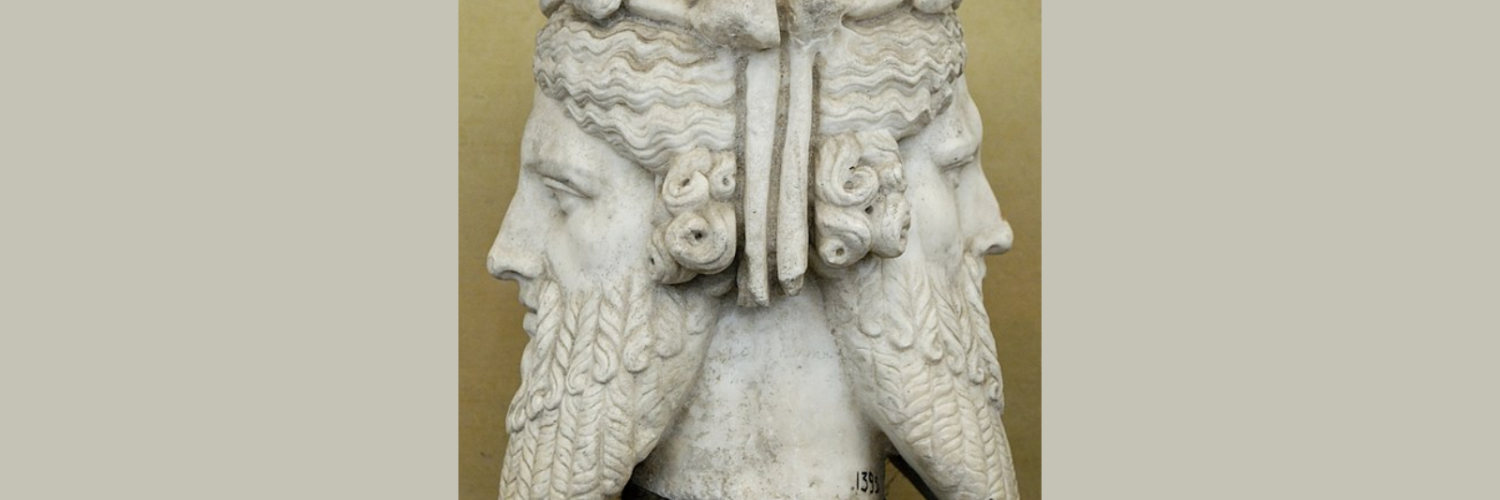by Jeremiah Spillane, Munster Technological University (MTU), Ireland.
Video has long been a staple in learning and teaching, and recent developments in video technologies – both cameras and widely available online playback technologies – continue to provide educators with new affordances. Extended Reality XR and immersive technologies, part of this multimedia continuum, are often touted as a new frontier and the future of learning and teaching. However, with XR there are many barriers to realising meaningful and effective educational experiences. These include costly tools and technologies like VR headsets, as well as long and involved development processes for bespoke XR experiences which require specialised skillsets to develop.
While many teaching staff may have a desire to explore new and innovative technological approaches to make their learning experiences more engaging for students, they are often time and resource poor, which immediately excludes any realistic consideration of creating XR experiences. However, one immersive technology, 360º video, provides a relatively low barrier to entry and can offer an excellent introduction to educators on the possibilities and potentials of immersive storytelling, therefore offering an achievable and effective entry point to immersive technologies. But what, I hear you ask, are the kinds of ways in which 360º video can be used in higher education (HE) to create meaningful learning experiences? In this blogpost I will highlight two examples of projects I have worked on using 360º video which demonstrate the benefits of this technology and, following this, I will propose a specific teaching methodology, emerging out of user experience observations in the classroom with this technology, which I call the “Janus Method”.
Fieldwork is a component of many courses in HE, from the physical sciences, to engineering and so on. However, there are many situations where one can not go “into the field” – for financial, practical, emergency reasons, and so on – but teaching about field experiences may still be necessary, or perhaps even a mandatory requirement. As a result, a fieldwork requirement can deter some from undertaking a particular course of study. They may feel it is “not for them”, whereas the reality of the professional life of a graduate in that discipline might not necessarily require them to work “in the field”. They could, for example, be purely lab based, undertaking testing and diagnostics, or report writing or other similar support work. 360º video then, can provide the students with an immersive experience which allows them to participate in a fieldwork based class, or location based learning experience, asynchronously with the ability to do the associated assignments.
From a pedagogical sense, what are the reasons for a student undertaking fieldwork, and can an immersive 360º video experience act as a legitimate replacement? Hall, Healy and Harrison, based on the work of Gold et al. (1991), outline the various reasons for undertaking fieldwork (see table 1.). While not a replacement for undertaking fieldwork, 360º immersive experiences of fieldwork based teaching can adequately allow a student with barriers to access to field sites enough of an immersive experience to adequately engage with a fieldwork component in a particular course of study.
Case Studies
As an example of this, in 2023, my colleagues Sheena Fennell and Aedín McAleer at the Ryan Institute and Institute of Marine Science at the University of Galway were considering alternatives to field work components where students would typically go to sea in a research vessel. Fennell and McAleer in collaboration with Lough Ree Access For All, were exploring how a wheelchair accessible boat could facilitate field based learning for various water sampling techniques, supporting those wheelchair users who could not access the ocean going research vessel. However, while this approach supported wheelchair users, we wondered if there were other disabilities, both visible and invisible, or barriers to access that would benefit from a virtual, asynchronous field trip. This led to the creation of an “An inclusive field trip for immersive learning & teaching in marine & freshwater sampling techniques”. This 360º video, which can be viewed in a VR headset, or via the 360º video player on YouTube brings the student on location as an observer while Fennell and McAleer instruct those aboard the vessel on the various water sampling techniques. Thinking back to the table presented by Hall et al., the “Inclusive Fieldtrip…” video would allow a student to virtually visit the specific location and retain the agency to observe the various sites and science in a more dynamic and immersive way that traditional linear video would not allow. It would permit them to observe the location based teaching techniques and engage their observational skills. With perhaps some modification of assessment – for example, though a team based exercise post trip based on the field trip video – all of the reasons for undertaking fieldwork can be addressed to allow a student with various access issues or learning adjustments to pass a field based module.
In a 2024 project with Dr Mary Moloney of MTU’s Department of Civil and Structural Engineering, we created a virtual site visit of Cork City’s “Red Shed”. Like the previous example at the University of Galway, our interest here was in making locations accessible to those who could not see them in person, whether that be due to disability, geographical distance, or health and safety restrictions. As the project developed and the materials were produced, we became curious about the ways in which students would prefer to engage with these immersive experiences. With a class of ~47 students, Dr Moloney and I presented the Virtual Visit of the “Red Shed” in three different formats. Firstly, as a screen capture with Dr Moloney speaking over some linear video and PowerPoint slides, secondly, as a 360º video which the students accessed on YouTube through their mobile device via a QR code presented on screen and, finally, presented as a fully immersive video in a VR headset.
Dr Moloney and I observed that while students had an interest in, and were impressed by the experience through the VR headset (Meta Quest 3), there was a barrier to access in terms of needing a facilitator or teaching assistant or technologist to ensure that the experience works okay for the student, especially if they have never used a VR headset before. However, when students accessed the 360° video via their own mobile devices the class immediately bubbled with discussion and enthused engagement. This opportunity to use their own devices as a portal to transport them to a distant location where the student can retain a level of agency, their ability to explore a scene from a remote location, and in terms of where they direct their focus was evidently highly engaging for them leading to much discussion between them.
The “Janus Method”
I have since come to frame this particular teaching methodology, as the “Janus Method”. Janus, the Roman god, described by the Encyclopaedia Britannica as the “animistic spirit of doorways and archways” is depicted with two faces looking in opposite directions, symbolising the ability to view both the past and future. In this context, Janus represents the idea of portals; gateways that enable learners to transcend the physical classroom. By combining 360º video technology with a Bring Your Own Device (BYOD) approach, the Janus Method then creates a more accessible, dynamic, and engaging educational experience.
While further research is needed to better understand the methodology’s impact, my initial work with Dr Moloney suggests that the Janus Method enhances comprehension and retention by immersing students in multisensory, interactive environments. The implications are widespread, for instance, history or cultural heritage students can virtually walk through the Colosseum and art students can tour world-class museums, all using their own devices. This also empowers students by engaging their own curiosity and agency, to take ownership of their learning, to explore the immersive environments driven by their own curiosity. Thinking back then to the table provided by Hall et al., as they navigate these virtual spaces, students develop critical thinking, observational skills, and a deeper connection to the subject matter.
Conclusion
A critical question to ask when integrating technology into teaching and learning is: “What is the purpose?” The answer should not rest solely on technological novelty, but rather on the meaningful learning experiences it allows us to offer our students. Our user experience research, conducted with Dr Moloney’s students, has shown that while 360º immersive video delivers engaging and impactful learning experiences, the VR headset, despite its allure, may not yet be the optimal tool for widespread adoption. Instead, by leveraging the Janus Method with a BYOD approach to offer students a portal opening, interactive learning experience has proven to be a more effective and engaging approach. By allowing students to navigate and explore these immersive spaces on their own devices, we give them greater agency and flexibility, key factors in fostering deeper engagement and active learning.

Dr Jeremiah Spillane is an Educational Technologist with the Dept. of Technology Enhanced Learning, at Munster Technological University and a podcaster at www.linesonmusic.com
Featured image – Janus, Vatican Museums, CC BY 3.0 https://creativecommons.org/licenses/by/3.0, via Wikimedia Commons














